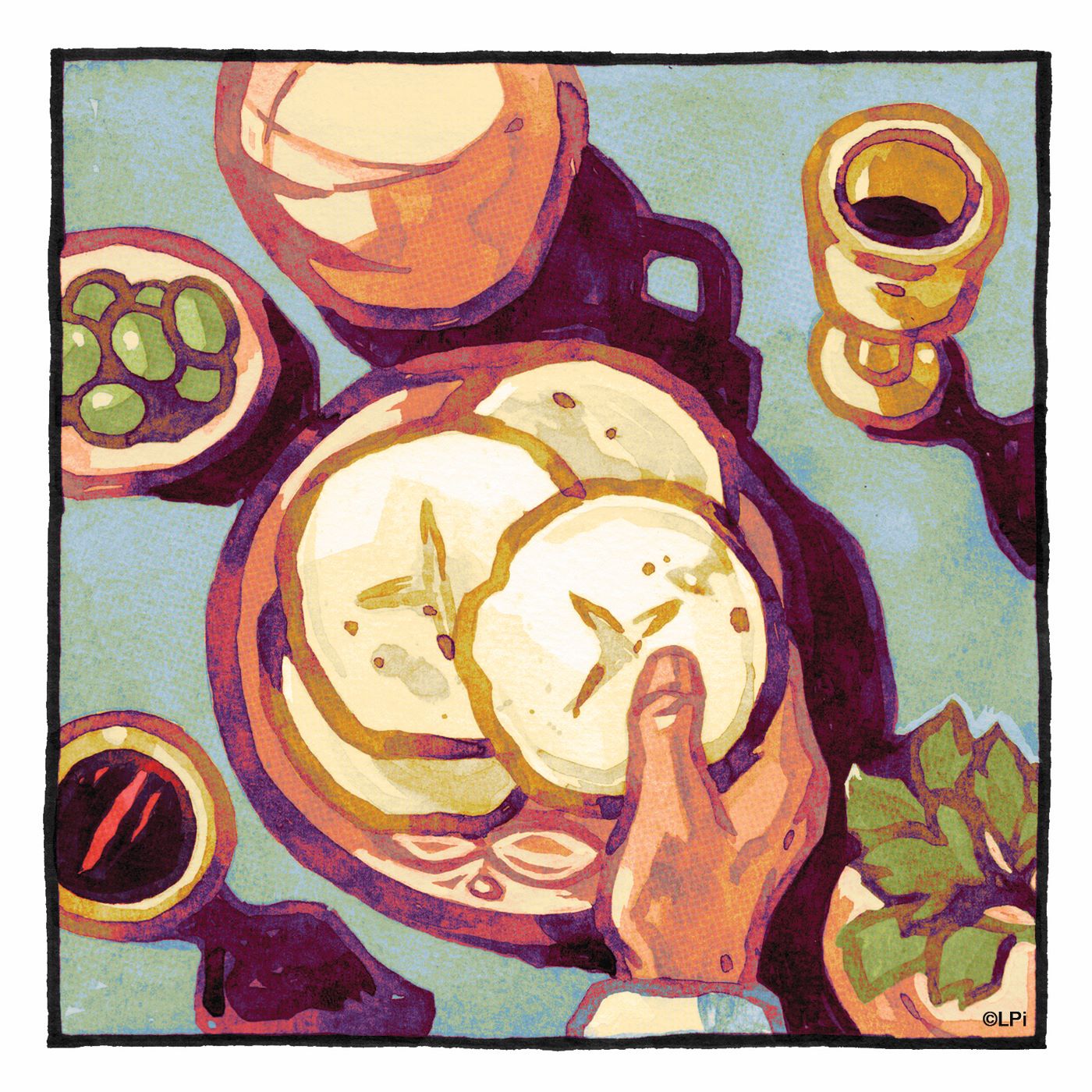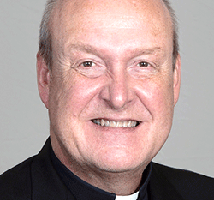
The Most Holy Body and Blood of Christ
The best way to understand the Eucharist is to recall God’s long, careful teaching process beginning in the Old Testament. This week in Exodus 24, we learn the basic pattern. Moses reads the dictates of God’s law to the people, who profess their allegiance to it. Then Moses takes representatives of Israel’s twelve tribes and splashes the sacrificed blood of animals in two directions: on the altar and on the people. It’s clear and serious business: clear, because the participants are entering a blood-bond with God Himself; serious, because the dead animals symbolize the life-and-death stakes at play.
Many centuries later, God uses the experience at Sinai to teach us something new. At the Last Supper, like a new Moses, Jesus proposes to “pour out” blood as a new covenant. It will land on the altar of the cross and the lips of his disciples. They have promised to be obedient to him who is God’s law in flesh. This renews and elevates the breath-taking romance God wants with His people, unfolding from Sinai to this Supper. The Body and Blood of Christ is the sacrificial action whereby this covenant is strengthened.
How hopeful that, like us, the Israelites and the apostles repeatedly fail to live up to their promises and discover that the blood of the covenant continually renews and refreshes them. Today the blood of Christ faithfully flows, to unite and renew, moving us forward toward where our great teacher is taking us. This week, we should say a renewed “amen” to God who so carefully teaches us how to be one with Him in this new covenant.
— Father John Muir
©LPi


